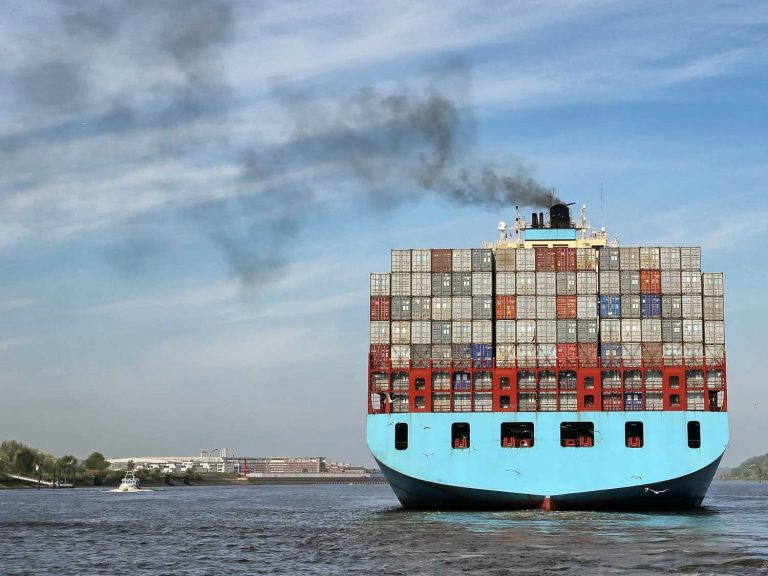
Date:
Sea rates surge amidst equipment shortages
Peak Season surcharges were expected to soften, reduce or even be withdrawn after Chinese New Year. And while this was widely anticipated, the reality is that with continued demand, the lack of empty equipment and the Suez crisis, rates have gone much higher and most carriers have actually increased peak-season surcharges (PSS) although we have negated any increases.
There are suggestions that the market ‘may’ soften in Q3, although this is hitting the traditional peak season, so the reality is just as likely to be continuing demand.
Rates this week on the spot (FAK) market on the core Chinese trade lanes are between $11,000 to 13,000/40’, but these rates only apply to a small percentage of cargo carried by the shipping lines outside of contract deals, like the special fixed validation contracts that we negotiate on behalf of our customers.
By putting our contacts in place, across all three alliances, before the end of 2020, we protect our customers shipping to and from Asia, with competitive market rates and fixed validity for added confidence.
We are regularly approached by new shippers and importers, with many paying in excess of USD8,000/40’ but we are currently unable to assist, as we cannot get increased capacity from carriers, who simply won’t quote for traffic they are not carrying.
As these shippers now know, the carriers will only accept spot bookings at inflated prices and that is on a standby basis, with no guarantee that cargo will be lifted, even if massive premiums have been added.
The container market is in turmoil globally, with vessels in the wrong place, limited equipment availability, ports congested causing further delays and carriers cancelling services constantly.
The container shortages that have been creating logistics logjams in Asia and beyond have shown little sign of easing and now a further weeks’ worth of capacity has been lost, due to the March Suez closure.
In China, average prices for used twenty-foot containers increased 94% in the four months to March 2021, in confirmation that equipment availability declined over the same period. This indicates that some shippers are so desperate to move cargo that they are buying second hand containers to ship products and then discard the containers at destination.
Lloyds Loading List report that the latest Container Availability Index (CAx) data reveals that equipment shortages are now driving up container prices at major Indian ports, including Chennai, Mundra and Nhava Sheva by 58% in nine months up to March 2021.
The sustained and continuing demand for container shipping trade, since the summer of 2020, is not easing and this is reflected in the equipment shortages in Asia, and elsewhere, and we expect markets will tighten even further in the coming weeks as the ripple effect of the Suez Canal closure continues to disrupt shipping schedules and equipment availability.
Adding to this turmoil is a demand for container shipping that has not been seen previously – and that is globally on all trades – which makes booking equipment particularly challenging and is why we request four weeks visibility and booking window from vendors and shippers, to secure space on the vessel and get the right equipment positioned.
Global supply chains are under the most intense and sustained pressure and we will continue to communicate the most important developments, so that you can take effective action, ahead of potential issues.
Please contact Elliot Carlile or Grant Liddell to learn how we can support your supply chains, even in the most challenging market conditions.
